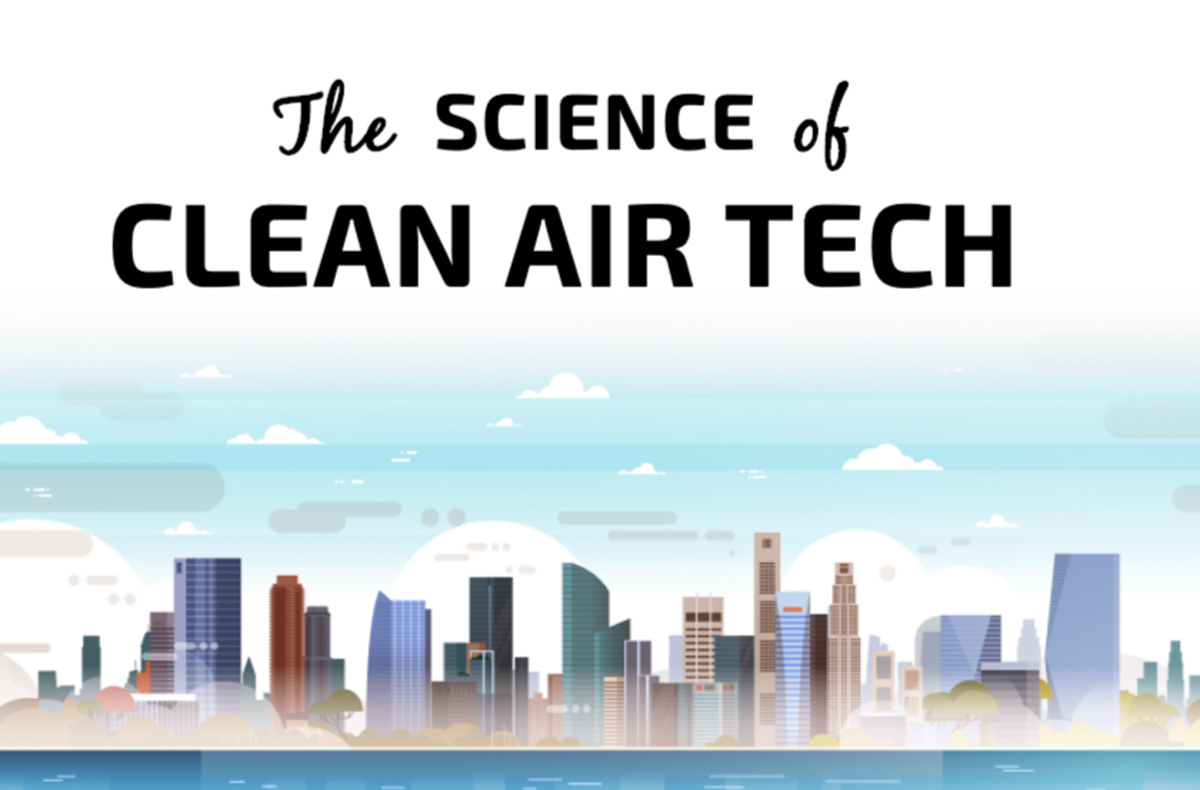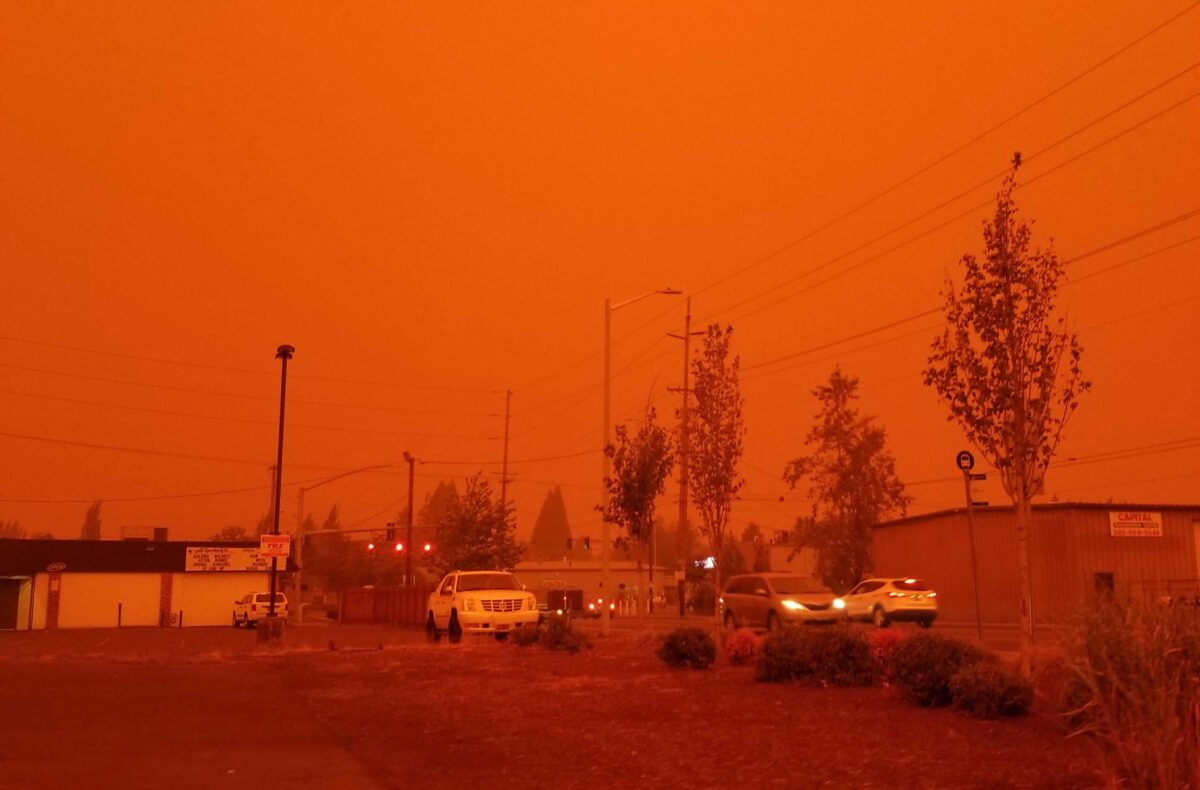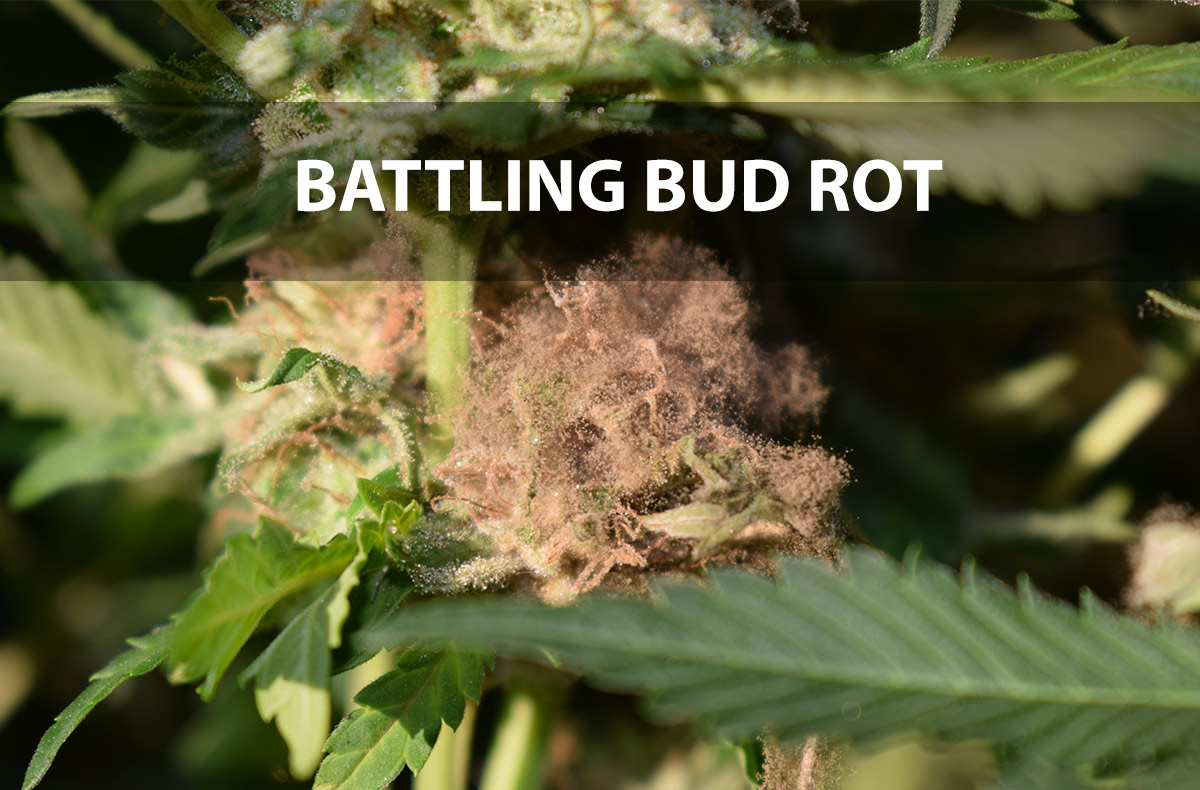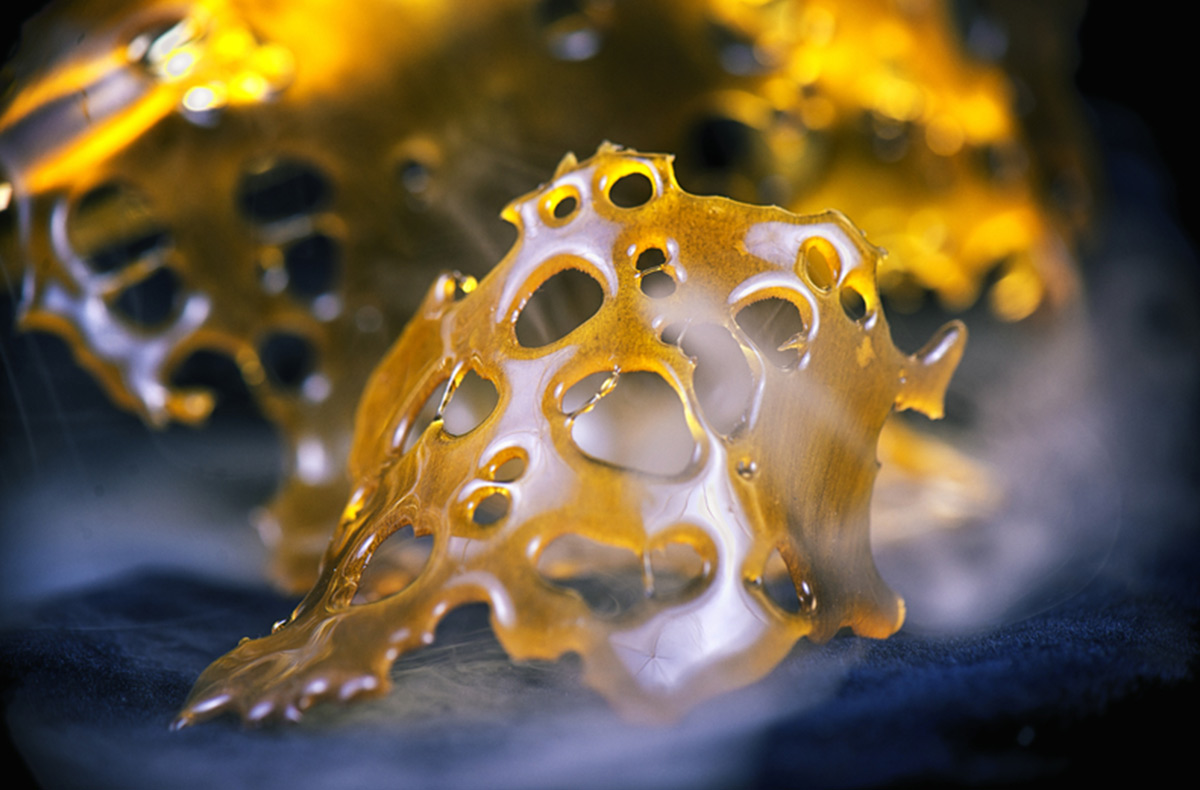
Airborne particles pose a threat not only to healthy growing operations, but to human health as well. It is pertinent we take a moment to get very serious about this topic in light of the global health crisis we now face. It is of upmost importance to understand the facts about clean air and airborne particle elimination. These facts come through proven, researched based methods and from experienced professionals. Please, before you rush to purchase air purifiers for your homes, offices or wherever else you may feel inclined to put one, take a moment to inform yourself on product capabilities and cautions.
Particulate air filtration is the most recognized and scientifically sound way of achieving clean air to date. However, this has not prevented exploration into (and selling of) other air sanitizing approaches:
- UV-C/UVGI Air Purification
- Ozone Air Purification
- Photocatalytic Oxidation Air Purification
CLEAN AIR FACTS
Particulate
The Environmental Protection Agency (EPA), the American Society of Heating, Refrigeration and Air Conditioning (ASHRAE), and the Center for Disease Control (CDC) support particulate filtration (the physical removal of particles from air) as the first step and primary means of cleaning air of airborne infection diseases and irritants.[i] They are also the only type of air cleaning technology recognized for Good Manufacturing Practice compliance. Particulate air filtration includes mechanical filters or electrostatically enhanced mechanical filters.
- Particulate air filtration is the only technology that removes particulates from the air. This is especially important with considering human health and respiratory distress.
- The efficiency of particulate air filters varies with filter design and particle size. Overall effectiveness depends on[ii]:
- Single-pass particle removal efficiency of the filter.
- The rate of airflow through the filter.
- Location of the filter.
- Size of the particles.
- Flat-panel filters and pleated filters are used in air filtration. [iii]
- Flat panel filters contain all media in the same plane. They range from MERV 1 to 4. These are the most common filters used in home and business HVAC systems unless customizations are made.
- Pleated filters provide an increased media surface for the space occupied, increasing capture efficiency. They range from MERV 6 up to and including HEPA filters.
- The higher the MERV rating, the smaller the particulates captured. (MERV 7 through 13 are cited to be nearly as effective as true HEPA filters at controlling indoor airborne particles.[iv])
- Recirculation of indoor air through particulate filters and refiltering blended outdoor air with return air is particularly effective for maximizing filter system effectiveness.[v]
UV-C/UVGI Air Purification
Ultraviolet Germicidal Irradiation (UVGI/UV-C) has been found to be an acceptable supplementary measure for reducing the transmission of bacterial and viral infection, but has shown only a minimal inactivating effect on fungal spores.[vi]
- The effectiveness of UVGI/UV-C to kill microorganisms is contingent on long-term exposure to irradiation. Research suggests that a moving airstream does not provide favorable killing rates because of the short exposure time.[vii]
- Very specific factors affect whether or not there will be a high UVGI/UV-C killing rate[viii]:
- The type and species of microbial contaminant. (Bacteria and mold spores tend to be resistant to UV radiation.)[ix]
- UV-C intensity
- Exposure time
- Lamp distance and placement
- Lamp life cycle (just like filters, these lamps become less effective the longer they are used)
- Cleanliness (as particulates from the air, especially air in ag environments, stick to the lamps, they lose irradiation capabilities)
- Air movement and patterns
- Temperature and relative humidity
- UVGI/UV-C is best applied in inside a unit that filters particles so prefiltration can protect lamps and downstream mechanical filtration can catch microbial particles.[x] It should not be relied on alone in circumstances of acute respiratory syndromes (such as SARS and COVID-19).[xi]
- UVGI/UV-C alone are not effective in reducing respiratory symptoms because they do not remove physical particulates that irritate lungs.[xii]
- UV light at smaller wavelengths have been shown to generate ozone.[xiii]
Ozone
The EPA, CDC and ASHRAE also clearly stand against claims that ozone cleans and purifies air. This is due to the fact that 1) the claims are not based on substantiated and sound science, and 2) for over a century reputable science has refuted these claims[xiv]:
- Available scientific evidence shows that at concentrations that do not exceed public health standards, ozone has little potential to remove indoor air contaminants.[xv]
-
- When used indoors at concentration levels that do not exceed public health standards, ozone does not effectively remove viruses, bacteria, mold, or other biological pollutants.[xvi]
-
- Ozone does not remove particles (e.g., dust, pollens, spores, ect.) from the air, including the particles that cause most allergies and lung irritation. (Likewise, it does not remove the air particles that viruses, such as COVID-19, require to remain airborne.)[xvii]
-
- Ozone concentrations would have to be 5 – 10 times higher than public health standards allow before it could decontaminate the air sufficiently to prevent survival and regeneration of organisms.[xviii]
-
-
- Complete sterilization of a larger enclosed environment was achieved by using an ozone gas concentration of 200ppm or more, relative humidity of 80% or more, a sterilizing time of 120min, and venting and suction ports that ensured uniform airflow through the entire room.[xix]
-
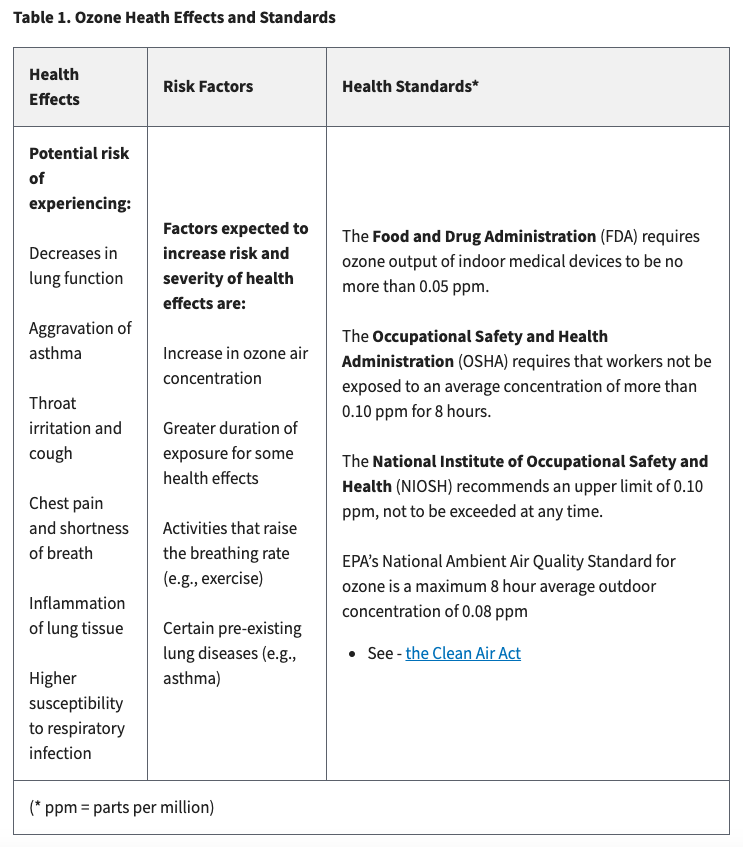
- Some companies claim their devices have been approved by the federal government for use in occupied spaces. The EPA affirms that NOagency of the federal government has approved these devices for use in occupied spaces.[xx]
- Some products have an EPA establishment number on their packaging. This number helps the EPA identify the specific facility that produced the product. It does not mean the EPA endorses the product or finds it safe or effective.[xxi]
- Beware of companies using misleading terms to describe ozone, such as “energized oxygen” or “pure air” that suggest ozone is a healthy kind of oxygen. Ozone is a toxic gas with vastly different chemical and toxicological properties from oxygen.[xxii]
- Some controlled studies have shown that exposure to concentrations of ozone considerably higher than public health standards are possible even when a user follows the manufacturer’s operating instructions.[xxiii]
- Ozone can damage the lungs. Relatively low amounts have been known to cause chest pain, coughing, shortness of breath, and throat irritation. Ozone can also worsen chronic respiratory diseases (such as asthma) and compromise the ability of the body to fight other respiratory infections (such as COVID-19).[xxiv]
- Recent experiments have found that ionizers were less effective in removing particles of dust, tobacco smoke, pollen or fungal spores than high efficiency particle filters.[xxv]
Photocatalytic Oxidation and TiO2
- NASA developed PCO technology in 1974 to remove ethylene gas (what makes produce spoil) in their greenhouses on the space station. These greenhouses were the side of a normal tabletop and fully enclosed environments. NASA’s development and use of this technology was not for biological disinfection of mold, virus, or bacteria.[xxvi]
-
- NASA soon stopped using PCO technology because of the rapid deactivation of the catalyst (Ti02), rendering it quickly ineffective, even in the small enclosures on the space station.[xxvii]
- Research has shown that the higher the humidity, the less efficient PCO works.[xxviii]
- Research on the use of indoor PCO has raised concerns about the generation of formaldehyde, acetaldehyde, formic acid and acetic acid (hazardous air pollutants) from the incomplete oxidation of VOCs during the PCO process. Scientists admonish further research and development of the technology before deploying PCO units in occupied buildings.[xxix]
Dig a little deeper. Check yourself with these questions:
- Is there research that supports the claims of the technology being cited?
- Does the research they cite actually support their claims? (Anyone can provide a list of links at the end of an article, but are the links from reputable sources and does the content actually support what is being claimed?)
- How was the research they cite conducted? Is it done in realistic settings setting directly applicable to your needs? Or was it done in contained, small-scale scenarios with highly regulated variables?
- Has a product had third-party testing? If so, was the third-party truly unaffiliated? (Or is it a parent company to the company selling the product?)
- Am I being emotionally motivated by flashy words and impressive claims? (i.e. words like NASA developed, revolutionary, breakthrough technology, military developed.)
Additional Learning:
https://www.ashrae.org/File%20Library/About/Position%20Documents/Filtration-and-Air-Cleaning-PD.PDF
https://www.cdc.gov/infectioncontrol/guidelines/environmental/background/air.html
https://www.cdc.gov/niosh/docs/2003-136/pdfs/2003-136.pdf
https://www.epa.gov/sites/production/files/2014-07/documents/aircleaners.pdf
https://www.epa.gov/indoor-air-quality-iaq/ozone-generators-are-sold-air-cleaners
https://www.linkedin.com/pulse/air-cleaners-avoid-cannabis-grower-pco-tio2-hydroxyl-radical-jordan/
https://www.ncbi.nlm.nih.gov/books/NBK92445/
https://www.ncbi.nlm.nih.gov/pubmed/20573124
https://www.jstage.jst.go.jp/article/bio/18/1/18_9/_article
https://www.sciencedaily.com/releases/2019/09/190918100230.htm
https://www.epa.gov/indoor-air-quality-iaq/ozone-generators-are-sold-air-cleaners
https://jamanetwork.com/journals/jama/article-abstract/216077
https://www.cdc.gov/niosh/nioshtic-2/00226883.html
Al-Ahmady, Kaiss K. 1997. Indoor Ozone. Florida Journal of Environmental Health. June. pp. 8-12.
Salls, Carroll, M. 1927. The Ozone Fallacy in Garage Ventilation. The Journal of Industrial Hygiene. 9:12. December.
Sources Cited:
[i] CDC, “Environmental Infection Control Guidelines.” Part 1, Section C. https://www.cdc.gov/infectioncontrol/guidelines/environmental/background/air.html AND Wargocki, P., et.al. “ASHRAE Position Document on Filtration and Air Cleaning.” https://www.ashrae.org/File%20Library/About/Position%20Documents/Filtration-and-Air-Cleaning-PD.PDF AND EPA, “Guide to Air Cleaners in the Home.” https://www.epa.gov/sites/production/files/2014-07/documents/aircleaners.pdf and CDC, “Guidance for Filtration and Air-Cleaning Systems to Protect Building Environments.” https://www.cdc.gov/niosh/docs/2003-136/pdfs/2003-136.pdf
[ii] Wargocki, P., et.al. “ASHRAE Position Document on Filtration and Air Cleaning.” https://www.ashrae.org/File%20Library/About/Position%20Documents/Filtration-and-Air-Cleaning-PD.PDF
[iii] CDC, “Guidance for Filtration and Air-Cleaning Systems to Protect Building Environments.” https://www.cdc.gov/niosh/docs/2003-136/pdfs/2003-136.pdf
[iv] CDC, “Guidance for Filtration and Air-Cleaning Systems to Protect Building Environments.” https://www.cdc.gov/niosh/docs/2003-136/pdfs/2003-136.pdf
[v] Wargocki, P., et.al. “ASHRAE Position Document on Filtration and Air Cleaning.” https://www.ashrae.org/File%20Library/About/Position%20Documents/Filtration-and-Air-Cleaning-PD.PDF
[vi] CDC, “Environmental Infection Control Guidelines.” Part 1, Section C. https://www.cdc.gov/infectioncontrol/guidelines/environmental/background/air.html
[vii] Wargocki, P., et.al. “ASHRAE Position Document on Filtration and Air Cleaning.” https://www.ashrae.org/File%20Library/About/Position%20Documents/Filtration-and-Air-Cleaning-PD.PDF
[viii] Wargocki, P., et.al. “ASHRAE Position Document on Filtration and Air Cleaning.” https://www.ashrae.org/File%20Library/About/Position%20Documents/Filtration-and-Air-Cleaning-PD.PDF
[ix] EPA, “Guide to Air Cleaners in the Home.” https://www.epa.gov/sites/production/files/2014-07/documents/aircleaners.pdf
[x] Wargocki, P., et.al. “ASHRAE Position Document on Filtration and Air Cleaning.” https://www.ashrae.org/File%20Library/About/Position%20Documents/Filtration-and-Air-Cleaning-PD.PDF
[xi] Schentag JJ, et al. “SARS: CLEARING THE AIR.” Institute of Medicine (US) Forum on Microbial Threats, editors: Knobler S, Mahmoud A, Lemon S, et al. Learning from SARS: Preparing for the Next Disease Outbreak: Workshop Summary. Washington (DC): National Academies Press (US); 2004.https://www.ncbi.nlm.nih.gov/books/NBK92445/
[xii] EPA, “Guide to Air Cleaners in the Home.” https://www.epa.gov/sites/production/files/2014-07/documents/aircleaners.pdf
[xiii] Wargocki, P., et.al. “ASHRAE Position Document on Filtration and Air Cleaning.” https://www.ashrae.org/File%20Library/About/Position%20Documents/Filtration-and-Air-Cleaning-PD.PDF
[xiv] EPA, “Ozone Generators that are sold as Air Cleaners.” Indoor Air Quality (IAQ). https://www.epa.gov/indoor-air-quality-iaq/ozone-generators-are-sold-air-cleaners AND CDC, “Chapter 5: Indoor Air Pollutants and Toxic Materials.” Healthy Housing Reference Manual, https://www.cdc.gov/nceh/publications/books/housing/cha05.htm
[xv] EPA, “Ozone Generators that are sold as Air Cleaners.” Indoor Air Quality (IAQ). https://www.epa.gov/indoor-air-quality-iaq/ozone-generators-are-sold-air-cleaners
[xvi] EPA, “Ozone Generators that are sold as Air Cleaners.” Indoor Air Quality (IAQ). https://www.epa.gov/indoor-air-quality-iaq/ozone-generators-are-sold-air-cleaners
[xvii] EPA, “Ozone Generators that are sold as Air Cleaners.” Indoor Air Quality (IAQ). https://www.epa.gov/indoor-air-quality-iaq/ozone-generators-are-sold-air-cleaners
[xviii] EPA, “Ozone Generators that are sold as Air Cleaners.” Indoor Air Quality (IAQ). https://www.epa.gov/indoor-air-quality-iaq/ozone-generators-are-sold-air-cleaners
[xix] Iwamura, T., et. al. “Confirmation of the Sterilization Effect Using a High Concentration of Ozone Gas for the Bio-Clean Room.” J-Stage, vol. 18, no. 1, pp. 9-20. https://www.jstage.jst.go.jp/article/bio/18/1/18_9/_article
[xx] EPA, “Ozone Generators that are sold as Air Cleaners.” Indoor Air Quality (IAQ). https://www.epa.gov/indoor-air-quality-iaq/ozone-generators-are-sold-air-cleaners
[xxi] EPA, “Ozone Generators that are sold as Air Cleaners.” Indoor Air Quality (IAQ). https://www.epa.gov/indoor-air-quality-iaq/ozone-generators-are-sold-air-cleaners
[xxii] EPA, “Ozone Generators that are sold as Air Cleaners.” Indoor Air Quality (IAQ). https://www.epa.gov/indoor-air-quality-iaq/ozone-generators-are-sold-air-cleaners
[xxiii] EPA, “Ozone Generators that are sold as Air Cleaners.” Indoor Air Quality (IAQ). https://www.epa.gov/indoor-air-quality-iaq/ozone-generators-are-sold-air-cleaners
[xxiv] EPA, “Ozone Generators that are sold as Air Cleaners.” Indoor Air Quality (IAQ). https://www.epa.gov/indoor-air-quality-iaq/ozone-generators-are-sold-air-cleaners AND Wargocki, P., et.al. “ASHRAE Position Document on Filtration and Air Cleaning.” https://www.ashrae.org/File%20Library/About/Position%20Documents/Filtration-and-Air-Cleaning-PD.PDF
[xxv] EPA, “Ozone Generators that are sold as Air Cleaners.” Indoor Air Quality (IAQ). https://www.epa.gov/indoor-air-quality-iaq/ozone-generators-are-sold-air-cleaners
[xxvi] Jordan, K. “Air Cleaners to avoid for the Cannabis Grower: PCO, TiO2, Hydrocyl Radical OH- or R.O.S products.” LinkedIn. 16 January, 2018. https://www.linkedin.com/pulse/air-cleaners-avoid-cannabis-grower-pco-tio2-hydroxyl-radical-jordan/
[xxvii] Jordan, K. “Air Cleaners to avoid for the Cannabis Grower: PCO, TiO2, Hydrocyl Radical OH- or R.O.S products.” LinkedIn. 16 January 2018. https://www.linkedin.com/pulse/air-cleaners-avoid-cannabis-grower-pco-tio2-hydroxyl-radical-jordan/
[xxviii] Chuaybamroong, P, et. al. “Efficacy of photocatalytic HEPA filter on microorganism removal.” Indoor air, vol. 20, pp. 246-54. 2010. https://www.researchgate.net/publication/44697454_Efficacy_of_photocatalytic_HEPA_filter_on_microorganism_removal
[xxix] Hodgson, A.T., Destaillats, H., Sullican, D.P., Fisk, W.J. “Performance of ultraviolet photocatalytic oxidation for indoor air cleaning applications.” Indoor Air, vol. 17, no. 4, pp. 305-316. 2007. https://www.ncbi.nlm.nih.gov/pubmed/17661927 AND Rosenthal, J. “Study on Photocatalytics Oxidation (PCO) Raises Questions About Formaldehyde as a Byproduct in Indoor Air.” Allergyclean.com. 2008. https://www.allergyclean.com/study-on-photocatalytic-oxidation-pco-raises-questions-about-formaldehyde-as-a-byproduct-in-indoor-air/ AND Jordan, K. “Air Cleaners to avoid for the Cannabis Grower: PCO, TiO2, Hydrocyl Radical OH- or R.O.S products.” LinkedIn. 16 January 2018. https://www.linkedin.com/pulse/air-cleaners-avoid-cannabis-grower-pco-tio2-hydroxyl-radical-jordan/


